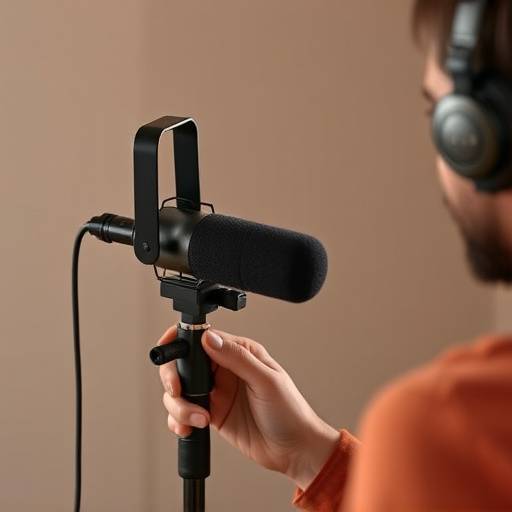Interviewing guests is a cornerstone of many successful podcasts, offering listeners diverse perspectives and engaging content. But how do you ensure your interviews are captivating, informative, and leave a lasting impression? We’ve gathered insights from seasoned podcasters and industry experts to help you master the art of podcast interviewing.
1. Preparation is Key: Before you even think about hitting record, thorough preparation is essential. Research your guest extensively, explore their work, and identify key areas of interest. Craft a list of thoughtful, open-ended questions that encourage detailed responses. Avoid yes/no questions and focus on prompting your guest to share stories, experiences, and opinions.
2. Active Listening: The best interviews are conversations, not interrogations. Practice active listening by paying close attention to your guest's responses, asking follow-up questions, and allowing the conversation to flow naturally. Don't be afraid to deviate from your prepared questions if the conversation takes an interesting turn.
3. Create a Comfortable Atmosphere: Make your guest feel relaxed and welcome. Start with a few minutes of casual conversation to break the ice and establish rapport. Let them know what to expect during the interview and reassure them that you're there to support them. A comfortable guest is more likely to open up and share valuable insights.
4. Technical Considerations: Ensure you have a reliable recording setup with high-quality microphones and a stable internet connection (if recording remotely). Test your equipment before the interview and have a backup plan in case of technical difficulties. Clear audio is crucial for a professional-sounding podcast.
5. Post-Interview Engagement: After the interview, thank your guest for their time and send them a link to the episode when it's published. Encourage them to share the episode with their audience. Building relationships with your guests can lead to future collaborations and increased podcast visibility.


